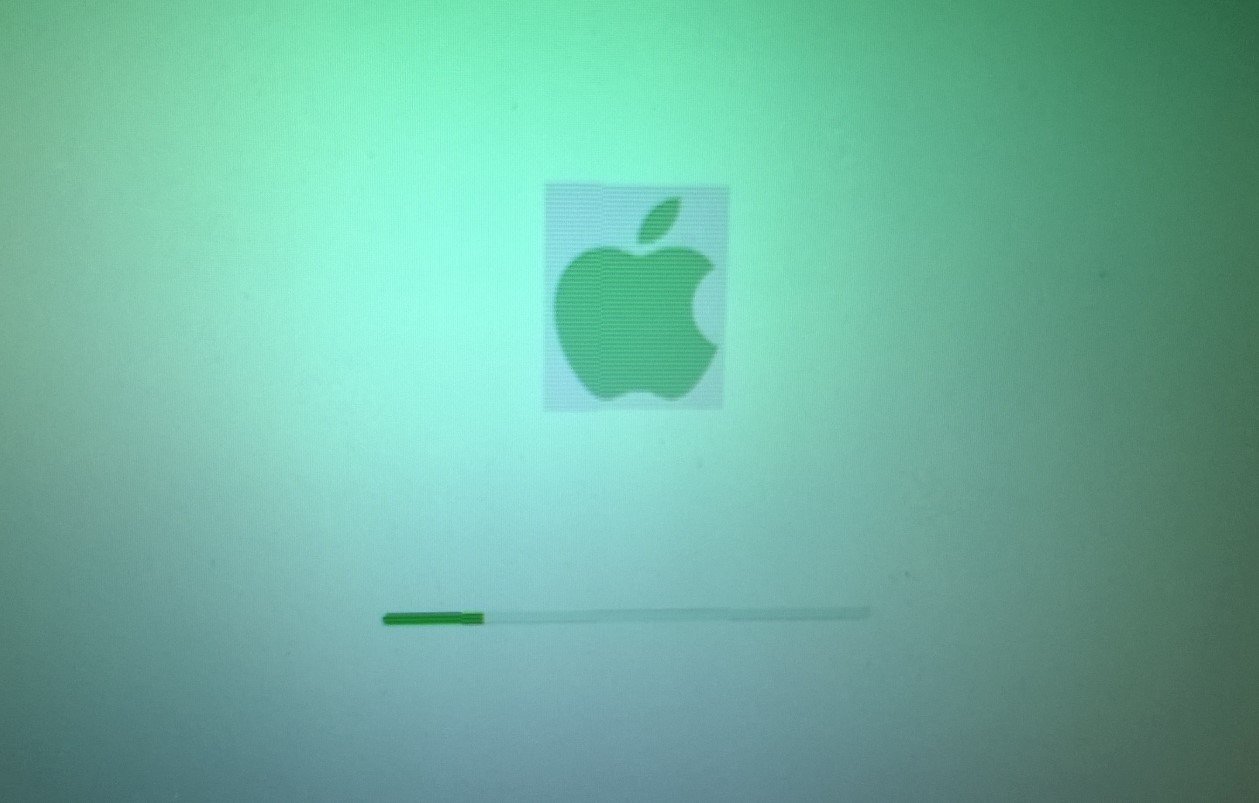Health
How Much Caffeine Hides in a 750 ml Diet Coke?
Ever grabbed a Diet Coke and paused to check the caffeine details on the label? It’s something a lot of us do when we’re mindful about what we’re sipping. A 750 ml bottle of Diet Coke with 9.2 mg of caffeine per 100 g contains about 69 mg of caffeine total.
This figure might not sound like much at first glance, but understanding it can help you make smarter choices about your daily drinks. Let’s dig into the details together.
Cracking the Code on That Tiny Label Number
Picture this: you’re staring at the back of your Diet Coke bottle, and there it is, “9.2 mg per 100 g” under caffeine. What does that even tell you? It’s simply the amount of caffeine in every 100 grams of the soda. For a liquid like Diet Coke, which is mostly water with some bubbles and flavors, this weight measure is a straightforward way labels present info, especially in areas with specific nutrition rules.
Since the drink’s density hovers right around 1 gram per milliliter, 100 grams is basically the same as 100 milliliters. So, you’re getting 9.2 mg in what amounts to a small glass. It’s not a massive dose, but if you’re someone who enjoys the whole bottle over an afternoon, it starts to matter. I recall a time when I was surprised by how these measurements added up in my routine, turning a casual habit into something I tracked more closely.
This number covers the total caffeine, blending what’s naturally there from ingredients like kola nut with any extras. Labels don’t always break it down, but from what you’ve mentioned, this seems to be the complete picture for your bottle.
Doing the Simple Math for Your Full Bottle Fix
Let’s get hands-on with the numbers to see how much caffeine you’re really dealing with in that 750 ml bottle. The bottle’s volume is 750 milliliters, and with a density close to water’s, it weighs about 750 grams. That’s our starting point.
Take the 9.2 mg per 100 grams, break it down to 0.092 mg per gram, and multiply by 750. You end up with roughly 69 mg for the entire thing. I like to keep it at 69 mg for easy remembering. If the density edges up a bit to 1.04 g/ml, it’s more like 72 mg, but that’s splitting hairs for everyday purposes.
Splitting the bottle helps too. Say you pour out 250 ml for lunch that’s around 23 mg, a soft lift without overdoing it.
Here’s a handy table to visualize it:
| Pour Size | Volume (ml) | Weight Estimate (g) | Caffeine Amount (mg) |
|---|---|---|---|
| Quick sip | 100 | 100 | 9.2 |
| Meal companion | 250 | 250 | 23 |
| Halfway mark | 375 | 375 | 34.5 |
| All in | 750 | 750 | 69 |
This setup has helped me portion things out on busy days.
One more thing: these calculations are based on standard info, but always peek at your specific label for any tweaks.

Weighing In: Does 69 mg Pack a Punch or Not?
Now that we’ve got 69 mg as the total, the big question is whether that’s a hefty amount. Honestly, for a lot of people, it’s pretty tame. Compare it to a standard coffee, which clocks in at about 95 mg per cup, per the Mayo Clinic. Your full Diet Coke is like sipping most of one without finishing it.
But hey, if caffeine hits you hard, 69 mg could still stir things up a bit. I’ve got a buddy who feels it after just 40 mg, so personal reactions vary. The FDA guidelines suggest up to 400 mg daily is fine for most adults, making this a small slice. For those expecting, groups like the American College of Obstetricians and Gynecologists advise capping at 200 mg, and 69 mg slides right under that.
Stack it against other options: a 250 ml energy drink might deliver 80 mg, while a chocolate bar could add 20 mg or so. Diet Coke lands in a comfortable middle ground, which is great for a refreshing pick-me-up without the crash.
A report in the Journal of Food Science noted that soda caffeine can fluctuate, but Diet Coke stays consistent in this range, offering reliability for fans.
The Global Twist: Why Your Diet Coke Might Differ Abroad
Ever wonder why the same soda tastes or feels a tad different depending on the country? Caffeine levels play a part. In the US, Diet Coke often has about 13 mg per 100 ml, pushing a 750 ml bottle to around 97 mg. But in spots like the UK or EU, it’s dialed back to 9.2 mg per 100 g, matching your label and totaling 69 mg.
This boils down to local rules and preferences. Stricter guidelines in Europe keep caffeine lower to promote broader safety, as outlined in EU food regulations. Coca-Cola tweaks recipes accordingly, which you can spot on their regional websites.
I experienced this firsthand on a trip once the European version felt lighter, less intense. It’s a reminder that what you grab off the shelf can vary.
Check out this comparison table for a quick global view:
| Location | Caffeine per 100 ml/g | Total for 750 ml (mg) | Reference Source |
|---|---|---|---|
| United States | ~13 mg | ~97 | Coca-Cola US Site |
| United Kingdom/EU | ~9.2 mg | ~69 | Coca-Cola UK Labels |
| Australia | ~9.6 mg | ~72 | Regional Nutrition Data |
| Canada | ~12 mg | ~90 | Health Canada Reports |
These differences keep things interesting for travelers and label readers alike.
Smart Sips: Managing Caffeine from Your Favorite Fizzy Drink
Keeping an eye on caffeine doesn’t have to be a chore, especially with something as enjoyable as Diet Coke. One easy step is to always scan the label, even if it’s your go-to brand, since updates happen.
Track your day mentally: that 69 mg from the bottle plus a tea or two, and you’re set without going overboard.
Some ways to handle it better include:
- Opt for caffeine-free Diet Coke when you want the taste without the kick.
- Dilute with sparkling water for a custom mix that cuts the caffeine in half.
- Grab a tracking app to jot down intakes it’s like having a personal coach in your pocket.
- Ease off slowly if reducing, to dodge those pesky withdrawal headaches, as Harvard Health recommends.
These tricks have made a difference for me, turning mindless sipping into something more balanced. And if caffeine messes with your sleep or energy, chatting with a doc can point you in the right direction.
Frequently Asked Questions
- How much caffeine is in a 750 ml Diet Coke bottle labeled 9.2 mg per 100 g?
It’s approximately 69 mg for the entire bottle, based on typical density. That’s a gentle amount for most days. - Is 9.2 mg per 100 g equivalent to per 100 ml for Diet Coke?
Absolutely, since the soda’s weight and volume are nearly the same. It simplifies things for quick math. - Why is caffeine lower in UK Diet Coke at 9.2 mg per 100 g compared to the US?
EU regulations keep levels lower for safety, around 9.2 mg/100 g, versus the US’s higher 13 mg/100 ml. - If I’m caffeine-sensitive, is it safe to finish a 750 ml Diet Coke with 69 mg total?
It could be fine in small doses, but monitor how you feel. A doctor’s advice is best for personal limits. - How does 9.2 mg per 100 g in Diet Coke stack up against regular Coke in the same size bottle?
Regular often has a bit more, about 75 mg in 750 ml, but Diet’s 69 mg is quite similar. - What if the label specifies “added” caffeine as 9.2 mg per 100 g?
It usually means total, but if it’s just added, the overall might match closely as it’s the primary source. - Any tips to lower caffeine intake from drinking Diet Coke regularly?
Portion it out, blend with non-caffeinated drinks, or switch to decaf options for variety. - How precise is the 69 mg estimate for a 750 ml Diet Coke bottle?
Very close, though minor density changes could adjust it to 68-72 mg. Stick to your bottle’s specifics.
Wrapping It Up
All said, 69 mg in your 750 ml Diet Coke is a manageable buzz that fits into most routines. Share this with anyone curious about their drinks, and feel free to comment your experiences or questions below it’s always fun to chat!





















